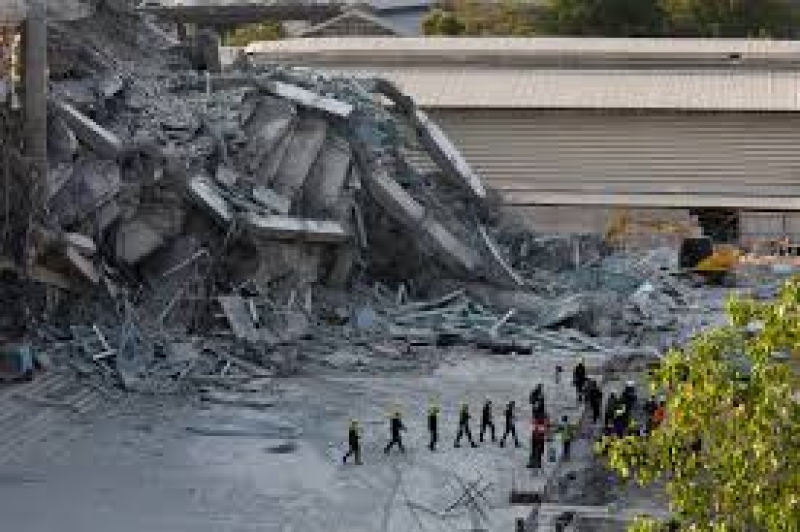- US Issues Travel Alert for Bangladesh Ahead of Election |
- Air ambulance carrying bullet-hit Hadi flies for Singapore |
- Can Dhaka’s arms recovery drive ensure peaceful polls? |
- ‘Unhealthy’ air quality recorded in Dhaka Monday morning |
- BD peacekeepers' deaths: UN chief calls Dr. Yunus, offers condolence |
Myanmar Holds Moment of Silence for 2,000+ Quake Victims

Myanmar will observe a minute of silence on Tuesday to honor the victims of a devastating earthquake that has claimed over 2,000 lives. The moment of remembrance will occur at exactly 12:51:02 PM (0621 GMT), marking the time the 7.7-magnitude quake struck on Friday.
Four days after the disaster, many people remain sleeping outdoors, unable to return to their damaged homes or fearing aftershocks. The ruling junta has declared a week of national mourning, with flags flying at half-mast until April 6 and media instructed to halt broadcasts during the tribute.
As of Monday, the confirmed death toll stood at 2,056, with more than 3,900 people injured and 270 still missing. At least 19 people died in neighboring Thailand. Rescue efforts continue, with the toll expected to rise as communications are restored in affected areas.
Mandalay, Myanmar’s second-largest city, suffered significant destruction, with many buildings reduced to rubble. Residents have been sleeping on the streets, either because their homes were destroyed or out of fear that aftershocks could cause further damage. Some are camped out in tents, while others, including children, are using blankets on roads for shelter.
In Mandalay, the devastation includes collapsed apartment complexes, a Buddhist religious site, and twisted hotel ruins. A crematorium on the city's outskirts has been handling hundreds of bodies, and more are expected as rescue operations continue.
The earthquake comes amid ongoing civil conflict, with millions already displaced. Despite the turmoil, Myanmar's junta chief Min Aung Hlaing has appealed for international aid, marking a rare shift in policy. In response, countries including China, Russia, and India have sent aid teams, and the United States has dispatched humanitarian experts.
The United Nations has also launched an emergency appeal for $100 million to assist quake victims.
Meanwhile, in Thailand, rescue efforts continue as workers clear debris from a collapsed 30-story building in Bangkok, with the death toll at 19, though many are still unaccounted for.

